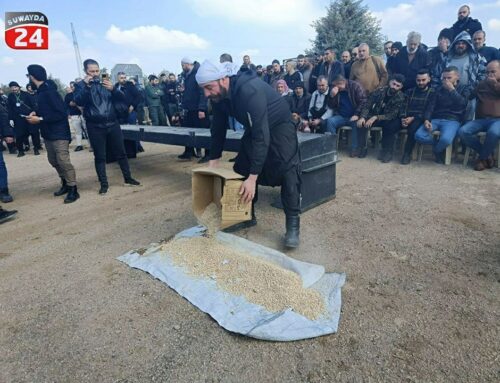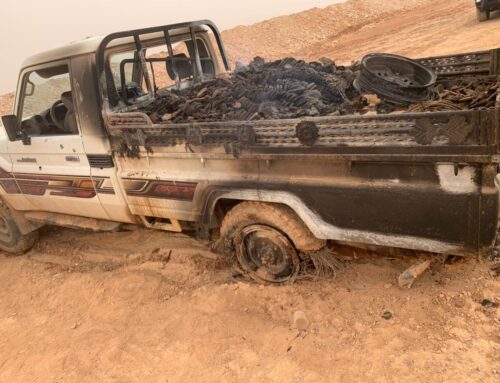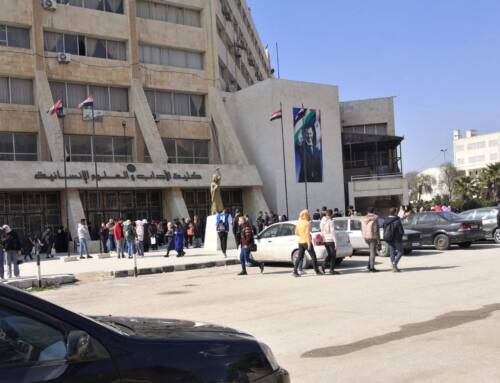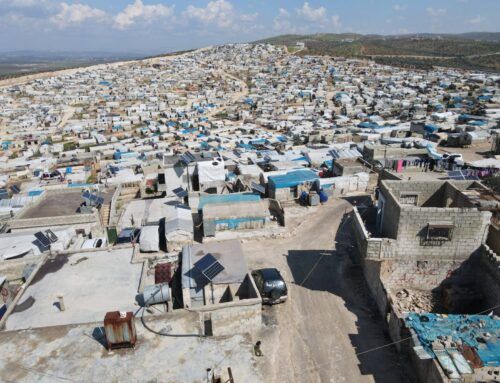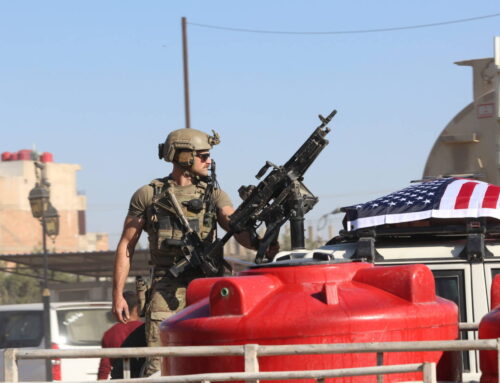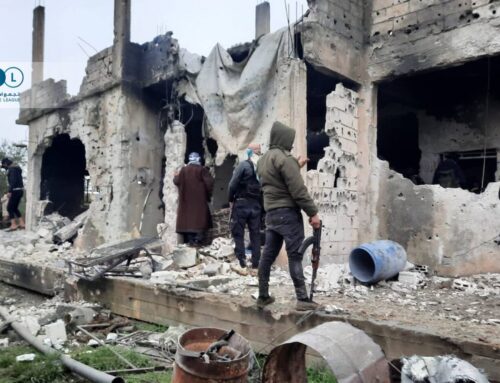‘Militarily, I don’t think the regime is capable of definitively settling the battle’
November 26, 2013 One day after United Nations General Secretary […]
26 November 2013
November 26, 2013
One day after United Nations General Secretary Ban Ki Moon announced the Geneva conference would be held January 22nd, heavy fighting continues in opposition strongholds in the southern and eastern Damascus suburbs as well as in the Qalamoun region ninety kilometers north of the Syrian capital.
In Qalamoun, the Syrian army has begun a campaign to uproot tens of thousands of rebel fighters from the mountainous region along Syria’s western border with Lebanon. Fighting has spilled over onto the national highway connecting Damascus with Homs, Hama and tightly regime-controlled Latakia. threatening what one opposition activist called “the regime’s one vital artery.”
In East Ghouta, the year-long siege of the rebel-held suburbs continues alongside clashes between rebel battalions and Assad and Hezbollah troops. While pro-government news sources report no gains have been made on the ground, the Syrian National Coalition insisted rebel forces have advanced into seven villages.
Mohammed Jazairi, 27, is the director of the Media Center for the opposition General Revolutionary Commission in the Damascus suburbs, an umbrella group of activists. Jazairi spoke with Syria Direct’s Mohammed Rabie about why he believes the Syrian army’s campaigns in Qalamoun and East Ghouta are part of a larger strategy to isolate rebel-held areas.
Q: Do you feel as though the regime is trying to settle the battle in Damascus?
Militarily, I don’t think the regime is capable of definitively settling the battle. The regime is trying to place a ring around Damascus, and then separate Outer Damascus from the capital and Qalamoun, which is the link between the capital and the north.

Why is the regime trying to control the southern Damascus suburbs?
The regime is besieging Moadimiyet and Daraya because of their proximity to some of the most important military locations, including the Mezzeh military airport. These are bases for the 4th Armored Division and the Presidential Palace.
By controlling Daraya and Moadimiyet a-Sham, the regime would separate the two Ghoutas from one another and form a ring around Damascus, beginning and ending at Mr. Qassioun and passing through the southern highway. So the regime is trying to control these areas in addition to Burza and Qaboon, because they are close to the southern highway.
The regime has pursued several means to control these areas: continuous shelling, surface-to-surface missiles and Iranian-made “Daoud” missiles, Shia militias from Iran, Iraq, and Lebanon, siege and starvation tactics to undermine popular support for the FSA, sowing internal discord, and using civilians and human shields.
For example, the regime has detained a number of women from Southern Damascus and demanded that their families turn over “wanted” opposition fighters in exchange for releasing the women. It then shows those “wanted” opposition members on regime television as “terrorists,” and forces them to confess to made-up crimes. In reality, however, even though some people have turned themselves in, the regime hasn’t released any of the women.
What are rebels doing to prevent the regime from expanding its control?
Rebels are working in secret, and the element of surprise is the key to all of their operations, followed by resilience, calm and then surprise again. And it’s worth noting that the explosion at the Military Vehicle’s Administration undermined the regime’s administrative capacity, particularly after the loss of two major military leaders in that office.

